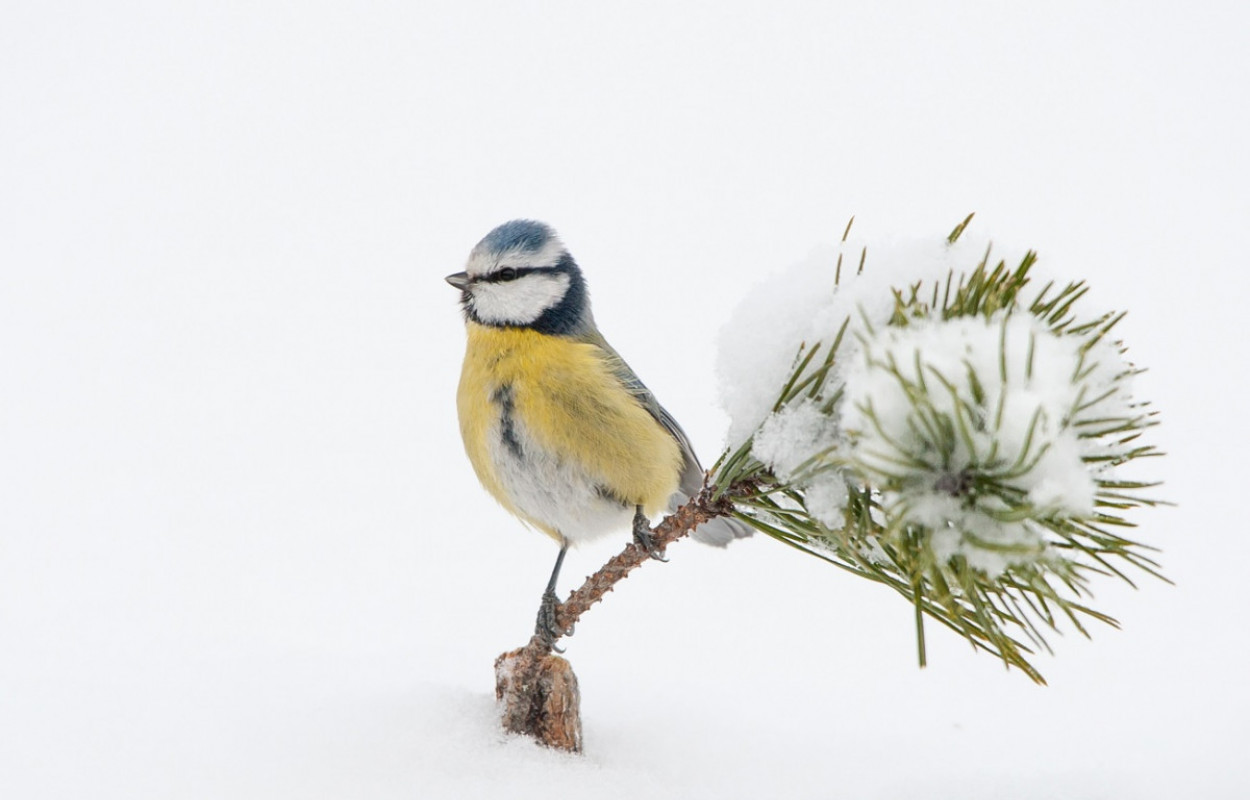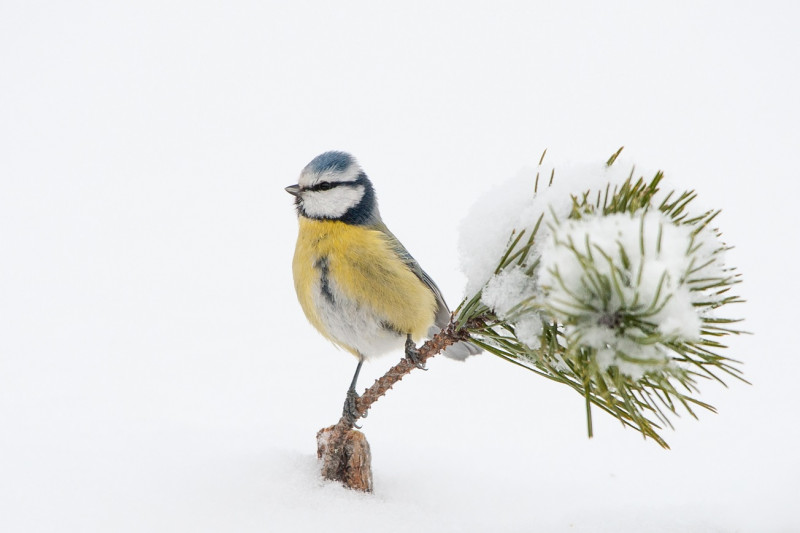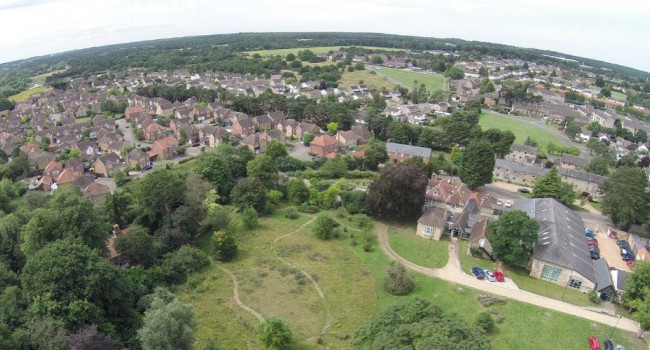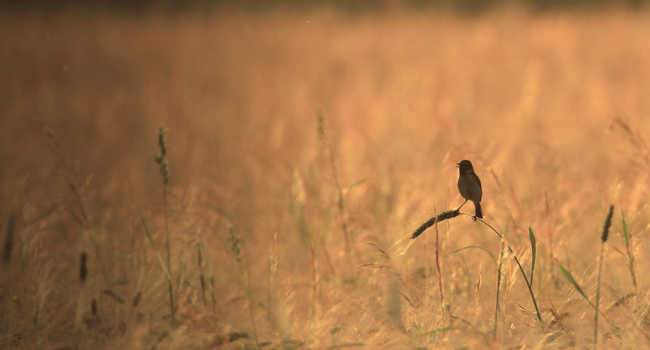Evidence that rural wintering populations supplement suburban breeding populations

Author(s): Hanmer, H.J., Dadam, D. & Siriwardena, G.M.
Published: November 2022
Journal: Bird Study
Digital Identifier No. (DOI): 10.1080/00063657.2022.2139814
Abstract
ABSTRACT
Capsule: Blue Tits Cyanistes caeruleus and Great Tits Parus major wintering in rural areas tended to nmove further to breed the following breeding season and more frequently cross the urban–ruralboundary, than did those wintering in urban gardens.
Aims: To explore and quantify the movements of birds from winter to breeding season locations across the urban–rural ecotone at the boundary of a large urban area.
Methods: Birds were colour-ringed at rural and urban/suburban garden ringing sites during the winter. This was followed by breeding season surveys and resighting in the surrounding areas to quantify the movements of colour-ringed birds and changes in habitat selection between seasons.
Results: Blue Tits and Great Tits ringed in winter in rural areas tended to move further and selected more urbanized breeding territories the following spring than did urban/suburban garden-ringed conspecifics. This shows that the populations were connected across the urban–rural ecotone by the seasonal movements of individuals, but that net movement was from rural wintering areas to urban breeding habitat.
Conclusion: The results suggest that rural populations may not be subsidized by urban wintering birds and winter supplementary feeding, but that the resources in gardens within urban areas, perhaps spring/summer feeding and nestboxes, draw birds in to breed. Combined with independent evidence for lower breeding success in urban areas, this may show the operation of source-sink dynamics. The results suggest important implications for connections between populations, the conservation value of urban areas and potential for the spread of disease, but further work is required to extend evidence and inference to other regions and species. Nevertheless, the approach used here provides a scalable study model that can be applied in other contexts.
By fitting colour rings to Blue Tits and Great Tits, captured at a series of sites along urban to rural gradients in the West Midlands, BTO researchers carried out a pilot study to shed some more light on this question. Birds were captured at rural and garden sites over the winters of 2017/18 and 2018/19, and fitted with colour rings that identified the site at which an individual had been captured. During the following breeding season, a skilled surveyor surveyed the study areas to identify the location and activity of any colour-ringed individuals found.
The results revealed that rural-ringed Blue Tits and Great Tits tended to move further than garden-ringed individuals between winter and the following breeding season. In addition, individuals that did move tended to move to more urbanised areas in the following breeding season – a finding that contradicts the expectation that birds wintering in urban sites would predominantly be from rural breeding populations. These results suggest that urban breeding populations of Blue Tits and Great Tits are linked to rural wintering populations, whereas urban wintering individuals tend to be resident year-round.
The findings of this pilot study are important, because they identify a possible mechanism for both gene flow between populations and disease transmission through wider populations. The patterns identified in this study could also suggest that urban areas act as ‘population sinks’ for birds from source rural populations. More work is needed, however, to tease out the detail at an individual level and to extend the work to other species, as well as to other regions and cities to see if this pattern of movement is typical.
Notes
This work was generously funded by a legacy gift from Jane Priest and grants from The Edward Cadbury Charitable Trust, The Marjorie Coote Animal Charity Trust and The John Spedan Lewis Foundation, for which we are incredibly grateful.







Share this page